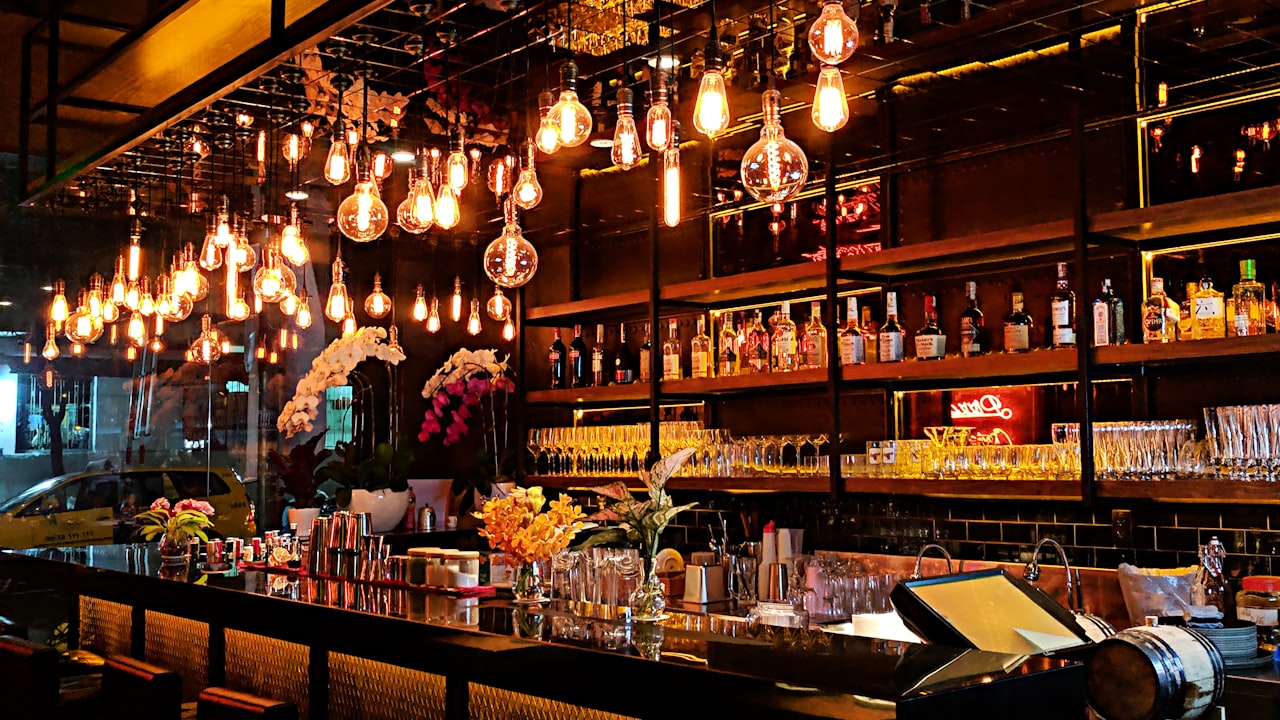Introduction
LED canopy lights are designed for outdoor use, typically in gas station canopies, parking lots, and other areas that require overhead lighting. This type of lighting is designed to provide more efficient lighting than traditional lighting solutions.
LED canopy lights are typically much brighter than traditional lighting and can provide better visibility and security in outdoor areas. LED canopy lights are typically more energy-efficient than traditional ones, providing brighter light while using less energy. This makes them an excellent choice for areas requiring lighting for long periods. Additionally, LED canopy lights are much more durable than traditional lighting solutions; they are resistant to extreme temperatures, dust, and moisture, which makes them ideal for outdoor use.
LED canopy lights are available in various designs and styles to suit different needs. They range in size and shape, so they can light up small or large areas. Additionally, many come with adjustable brightness settings, allowing for more precise control of the amount of light produced.
Types of canopy lights
- High Bay LED Canopy Lights:These are ideal for large outdoor areas such as gas stations, parking garages, and loading docks. High bay LED canopy lights are designed to provide bright, uniform light and are typically used in applications that require a high level of illumination.
- Low Bay LED Canopy Lights:For applications that require a lower level of light, such as hallways or storage areas, low bay LED canopy lights are an ideal option. These lights are designed to provide illumination at a lower wattage and are typically used in areas where energy efficiency is a priority.
- Linear LED Canopy Lights:Linear LED canopy lights provide a consistent, even light distribution. These lights are best for applications with a consistent illumination level, such as in large open spaces.
- Wall-Mount LED Canopy Lights:Wall-mount LED canopy lights are designed to provide direct lighting in specific areas. These lights are best for illuminating accent walls or areas that require a focused light source.
Advantages and Disadvantages
Advantages
Canopy lights are designed to provide effective and efficient illumination in areas where overhead lighting is not practical. They provide a more attractive lighting solution than other overhead lighting options, such as fluorescent lighting. Canopy lights are often more energy-efficient than other overhead lighting options. Canopy lights are often easy to install and can be used in various locations. Canopy lights can be used to create a specific ambiance in a space.
Disadvantages
Canopy lights are unsuitable for all applications, as they are not as bright as other options. Canopy lights can create a lot of heat, which can be uncomfortable and cause damage to other electronics in the space. Canopy lights are not suitable for use in wet or humid environments. Canopy lights can be challenging to maintain, as they often require more frequent cleaning and bulb replacement.
Uses of Canopy Lights
- Ambient lighting: To provide general lighting for the room.
- Task lighting:To illuminate specific areas for activities such as reading or food preparation.
- Accent lighting:To highlight artwork or architectural features.
- Mood lighting: To create an atmosphere, such as a warm, dimly lit setting.
- Safety lighting:To provide illumination for stairways, hallways, and other areas to improve
safety.
Conclusion
Canopy lights are an essential part of any outdoor lighting setup. They provide a warm, inviting atmosphere that encourages people to stay and enjoy the outdoors. They can also create a sense of safety and security by providing ambient light in dark areas. In addition, they are also great for highlighting specific features in your outdoor space, like a tree or a fountain. With their versatility, canopy lights can be used to create a variety of moods in any outdoor space.
